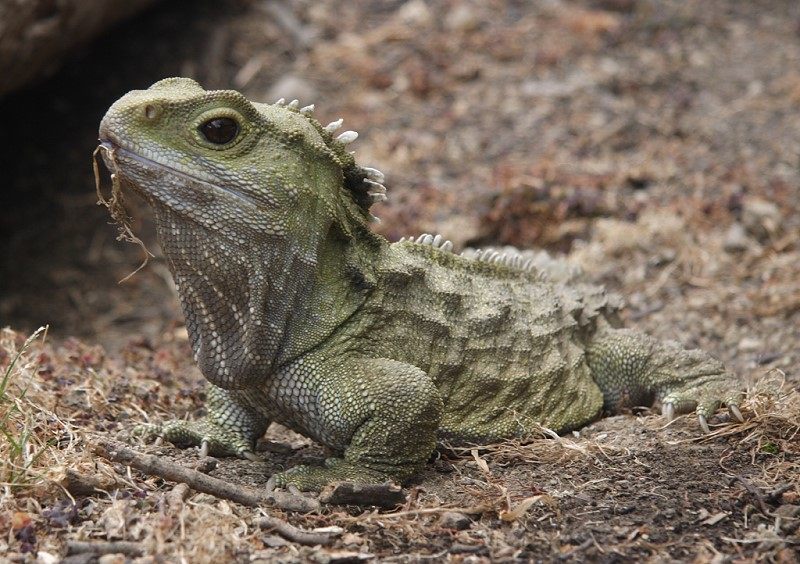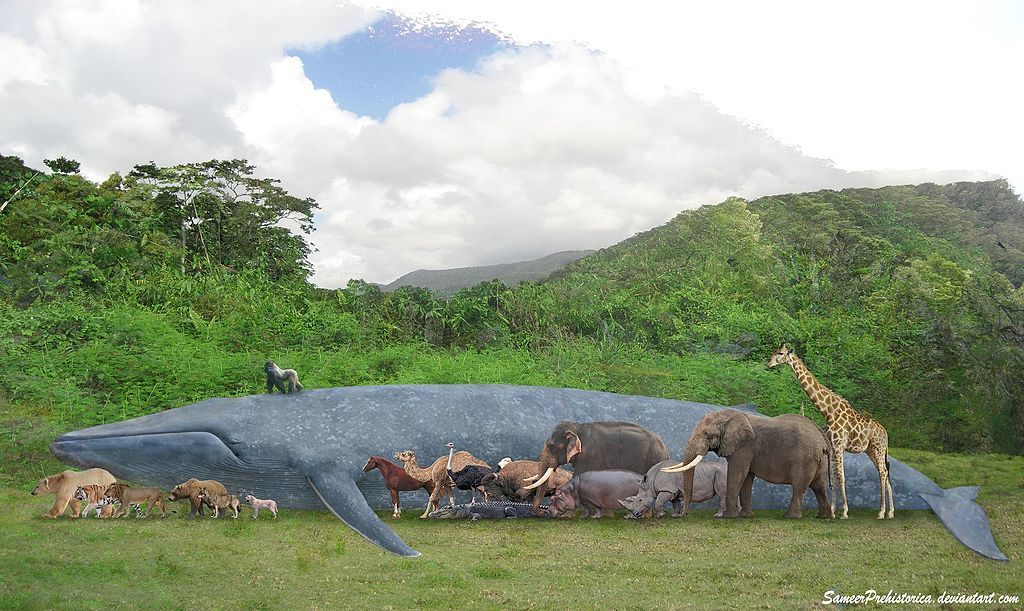Mushrooms, Cockatoos, & Elderly Eels: The World’s Oldest & Biggest Things Aren’t What You Expect
What’s the biggest living thing? What’s the oldest? I was considering this the other day, and quickly found myself going head-first into an internet rabbit hole.
For the oldest living animals, I was first thinking about tortoises. Adwaita, whose name meant “unique” in Sanskrit, was an Aldabra giant tortoise who died in Kolkata, India in 2006. The estimates of his age vary between a minimum of 150 years to possibly more than 250 years. Other giant tortoises who reached a seemingly ridiculous age include Harriet, a Galapagos tortoise who, at the time of her death in 2006 (apparently a bad year for tortoises), was estimated to be 175 years old, and Tu’i Malila, a radiated tortoise, who was an estimated 188 years old when he died in 1965. All three tortoises have connections with famous Englishmen; Adwaita was once gifted to Robert Clive (Clive of India) in the 18th century, Charles Darwin allegedly collected Harriet on his Beagle voyage, and Tu’i Malila was given to the Tongan royal family by Captain James Cook in 1777.

Walter Rothschild on Rotumah, a Galapagos tortoise that he found living in the grounds of an Australian lunatic asylum (photograph by CJ Cornish, 1902, via archive.org)
Other reptiles live for a long time, too, but not for as long as tortoises. There is a tuatara (it’s NOT a type of lizard, even though it looks like one [thanks to Ed Yong for letting us know!] and is native to New Zealand) living at the Southland Museum in Invercargill, named Henry, who is 115 years old, and successfully bred with an 80 year old female (named Mildred) for the first time in 2009.
 Henry the elderly tuatara in Invercargill, New Zealand (via Wikimedia)
Henry the elderly tuatara in Invercargill, New Zealand (via Wikimedia)
Birds can also live for quite some time. Fred the Cockatoo recently received a letter from the Queen (as all citizens of the Commonwealth do) when he celebrated his 100th birthday at Bonorong Wildlife Sanctuary near Hobart, and it is not unheard of for cockatoos to reach 120 years old. 120 years old, by the way, is quite close to the record for the oldest ever human, a record which is held by Jeanne Calment, who died in 1997 at the age of 122.
Aquatic animals seem to do a bit better than terrestrial ones in the age stakes. There are Antarctic sponges with approximated ages in the 10,000 year range, and several coral genera are estimated to be more than 2,000 years old. Other ancient aquatic animals include the ocean quahog (oldest on record: 507 years); the Bowhead whale (211 years old, some still have harpoons from the 19th century embedded in their skins); the Orange roughy (a type of Perch) can live for up to 156 years; and the oldest koi fish ever died in 1977 at the age of 226 (her name was Hanako). There is also a centenarian orca, named Granny, who is 103, and there was a European Eel who died this year (named Ale), who was allegedly 155 at his death in a Swedish well.
But what is the biggest living thing?
At first, I was picturing the blue whale. Naturally, whales spring to mind; they’re freaking enormous. Then I started to think about extinct animals, like the dinosaur Dreadnoughtus (85 feet long, or 26 meters, and weighing 65 tons). I was surprised that the blue whale is bigger than any dinosaur we know of — at 98 feet long (30 meters) and weighing 190 tons, it shows off the benefits of living in the buoyancy of the oceans when it comes to reaching a truly astounding size. Their tongues alone weigh 2.7 tons, their hearts can reach 900kg, and their penises are longer than a human (8-10 feet long).
 Size comparison with a blue whale (created by SameerPrehistorica)
Size comparison with a blue whale (created by SameerPrehistorica)
But it’s not just the animal kingdom that gets a say in the contest of the largest living thing. Indeed, the largest living thing is not an animal.
So what is it?
First things first, let’s get the Gaia hypothesis out of the way. There is no current evidence for this theory, developed by James Lovelock in the 1970s, that the Earth, or Gaia, is a super-organism. So if it’s not Gaia, and it’s not the obvious choice of the blue whale, what is the largest living organism on Earth?
Well, that depends on how you define the word “organism.” The Great Barrier Reef, for instance, is considered a “super-organism,” as it is a structure built by living entities, and stretches over 2,000 kilometers. Other examples of super-organisms include eusocial insects such as ants and bees, but these are also not considered single, large organisms.

An example of Armillaria ostoyae (photograph by H. Krisp/Wikimedia)
The largest living thing in the world (and quite possibly the oldest) is a fungus, just like the one pictured above. It’s 2,400 years old, and sprawls across 2,200 acres. Living in Oregon, in the Malheur National Forest, it is estimated to weigh 630 tons. Known as the Humongous Fungus, it is a type of honey mushroom, which in Eastern European countries like Ukraine, Russia, and Poland is considered to be a delicacy (although it needs to be thoroughly cooked to destroy its mild poison). It doesn’t look like much; most of the weight of this huge mushroom is underground (the mycelium), and all you’ll see are the heads (or fruiting bodies).
It is also bioluminescent, which is something I would like to see: a forest lit up by the mushroom that is slowly destroying it.



















Follow us on Twitter to get the latest on the world's hidden wonders.
Like us on Facebook to get the latest on the world's hidden wonders.
Follow us on Twitter Like us on Facebook